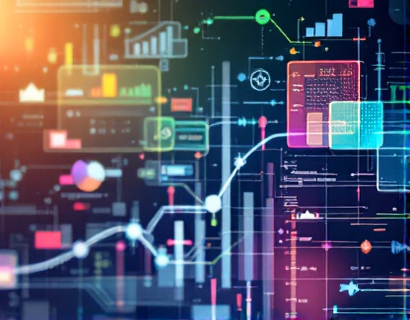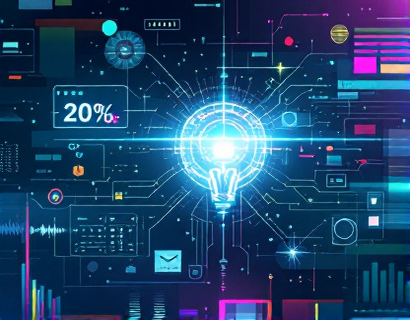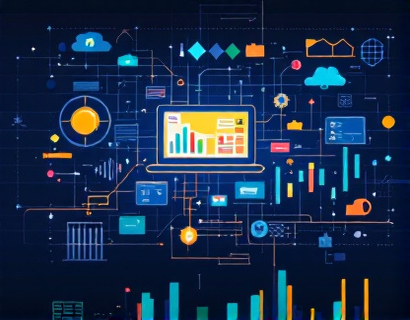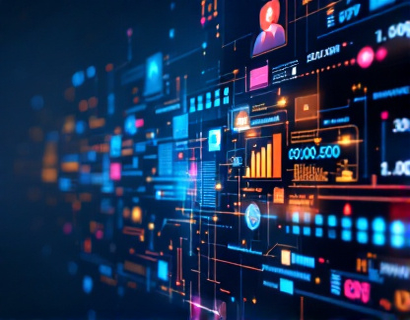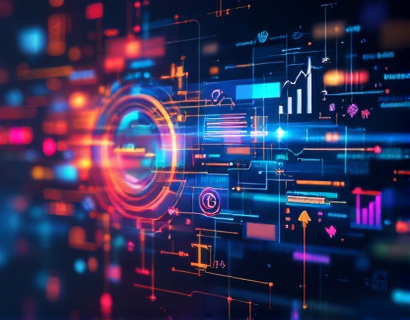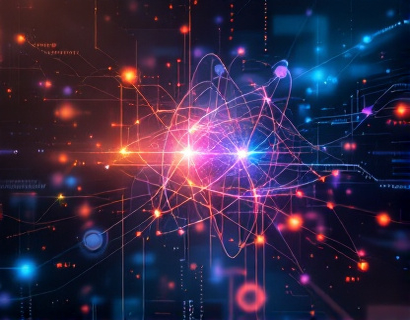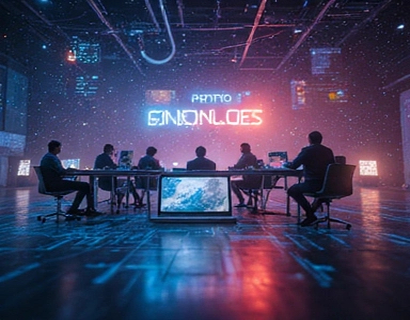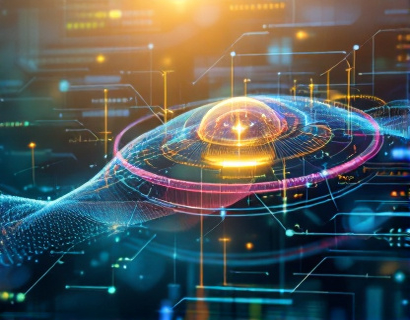Revolutionizing Productivity in the Digital Age: The Synergy of AI and Cryptocurrency
The integration of Artificial Intelligence (AI) and cryptocurrency is ushering in a new era of productivity in the digital landscape. This synergy is not just a technological advancement but a paradigm shift that is redefining how we approach tasks, manage workflows, and optimize efficiency. For tech enthusiasts and early adopters, this convergence offers a wealth of opportunities to enhance their digital workflows and stay ahead in a rapidly evolving market.
The fusion of AI and cryptocurrency is creating advanced tech solutions that streamline complex tasks and provide unprecedented levels of efficiency. These solutions leverage the decentralized and secure nature of blockchain technology, combined with the intelligent automation capabilities of AI, to create a powerful toolset for modern digital work environments.
Enhanced Task Automation with AI
AI-driven automation is at the forefront of productivity enhancements. Traditional task management systems often require manual input and oversight, which can be time-consuming and prone to errors. With AI, these processes can be automated, reducing the need for human intervention and increasing accuracy. For instance, AI can handle scheduling, data entry, and even complex decision-making processes, allowing users to focus on higher-value tasks that require human creativity and critical thinking.
One of the key benefits of AI in task automation is its ability to learn and adapt over time. Machine learning algorithms analyze patterns and optimize workflows based on historical data, leading to continuous improvements in efficiency. This adaptability ensures that the systems become more effective as they are used, providing a dynamic and responsive solution to evolving work demands.
Decentralized Workflows with Cryptocurrency
Cryptocurrency introduces a decentralized approach to transactions and data management, which complements the automation capabilities of AI. By utilizing blockchain technology, these systems ensure transparency, security, and immutability. This is particularly valuable in collaborative environments where multiple parties need to interact and transact seamlessly.
Smart contracts, a core feature of blockchain, automate and enforce contractual obligations without the need for intermediaries. When combined with AI, smart contracts can be programmed to execute complex tasks based on predefined conditions, further streamlining workflows. For example, in project management, smart contracts can automatically release funds to contractors once milestones are met, ensuring timely payments and reducing administrative overhead.
Data Security and Privacy
The integration of AI and cryptocurrency also addresses critical concerns around data security and privacy. Blockchain's decentralized nature means that data is not stored in a single vulnerable location, reducing the risk of breaches. Additionally, AI can enhance security measures by detecting and mitigating threats in real-time, providing a robust defense against cyber attacks.
Privacy is another area where this synergy shines. Cryptocurrency transactions are pseudonymous, and AI can further anonymize data through advanced encryption techniques. This ensures that sensitive information remains protected while still being accessible and usable for legitimate purposes. For businesses and individuals alike, this level of security and privacy is invaluable in an era where data breaches are increasingly common.
Optimized Resource Allocation
AI and cryptocurrency together enable more efficient resource allocation. AI algorithms can analyze vast amounts of data to identify patterns and optimize resource usage, ensuring that computational power, storage, and other digital resources are used effectively. This is particularly beneficial in cloud computing environments where resources need to be dynamically allocated based on demand.
Cryptocurrency can facilitate micropayments for resource usage, allowing for a more granular and fair billing system. For instance, in a decentralized cloud computing platform, users can pay only for the resources they consume, measured in cryptocurrency units. This not only optimizes costs but also incentivizes efficient usage, as users have a direct financial interest in minimizing waste.
Innovative Financial Models
The combination of AI and cryptocurrency is also giving rise to innovative financial models that support productivity. Tokenized incentives, for example, can be used to motivate and reward contributors in a decentralized ecosystem. By issuing tokens that represent a stake in the platform or service, users are encouraged to participate actively and contribute value.
These tokens can be earned through various activities such as providing content, solving problems, or participating in governance decisions. AI can manage the distribution and valuation of these tokens, ensuring a fair and transparent system. This model not only aligns interests but also creates a community-driven approach to innovation and improvement.
Enhanced Collaboration and Communication
Collaboration is a cornerstone of modern productivity, and AI and cryptocurrency are transforming how teams work together. Decentralized communication platforms powered by blockchain can ensure that messages and files are securely shared and verified. AI can enhance these platforms by providing intelligent suggestions, translating languages in real-time, and summarizing discussions to keep everyone informed.
Furthermore, AI-driven analytics can provide insights into team dynamics and productivity patterns. By analyzing communication logs and task completion data, AI can identify bottlenecks and suggest improvements. This data-driven approach helps teams optimize their workflows and foster a more collaborative environment.
Future-Proofing Digital Workplaces
As technology continues to evolve, the synergy between AI and cryptocurrency positions itself as a key factor in future-proofing digital workplaces. The adaptability and scalability of these technologies ensure that they can keep pace with emerging trends and challenges. For instance, the rise of the metaverse and virtual reality (VR) workspaces can benefit greatly from AI-driven automation and blockchain-based security measures.
AI can manage complex VR environments, ensuring smooth interactions and realistic simulations. Blockchain can secure transactions within these virtual spaces, from virtual real estate to digital assets. This combination opens up new possibilities for remote work, virtual meetings, and collaborative projects, making digital workplaces more immersive and efficient.
Challenges and Considerations
While the potential benefits are significant, there are also challenges to consider. The adoption of AI and cryptocurrency requires a certain level of technical expertise, which may be a barrier for some users. Education and user-friendly interfaces are essential to make these technologies accessible to a broader audience.
Regulatory environments are another factor to consider. As cryptocurrency gains more traction, regulations are evolving to address the unique challenges it presents. Staying compliant while leveraging the benefits of blockchain and AI is crucial for organizations looking to implement these technologies.
Conclusion
The convergence of AI and cryptocurrency is revolutionizing productivity in the digital age. By automating tasks, ensuring data security, optimizing resource allocation, and fostering collaboration, this synergy offers a comprehensive solution for enhancing efficiency and innovation. As tech enthusiasts and early adopters, embracing these advanced tech solutions can provide a competitive edge and pave the way for a more productive and secure digital future.





